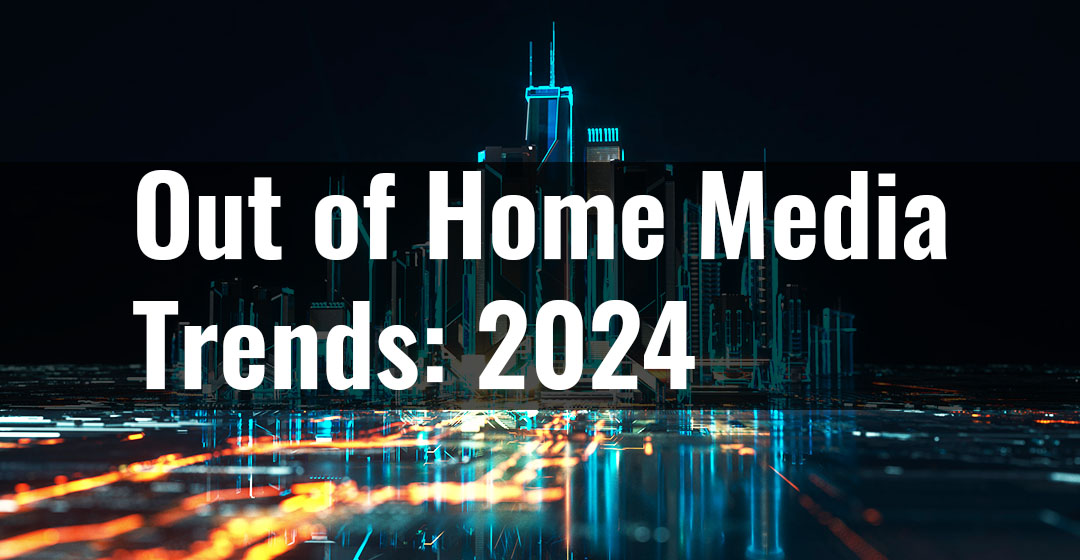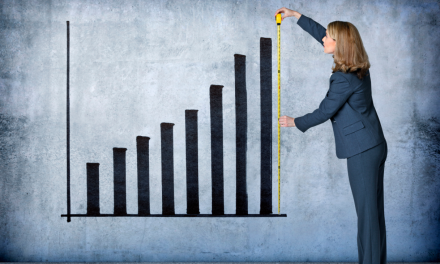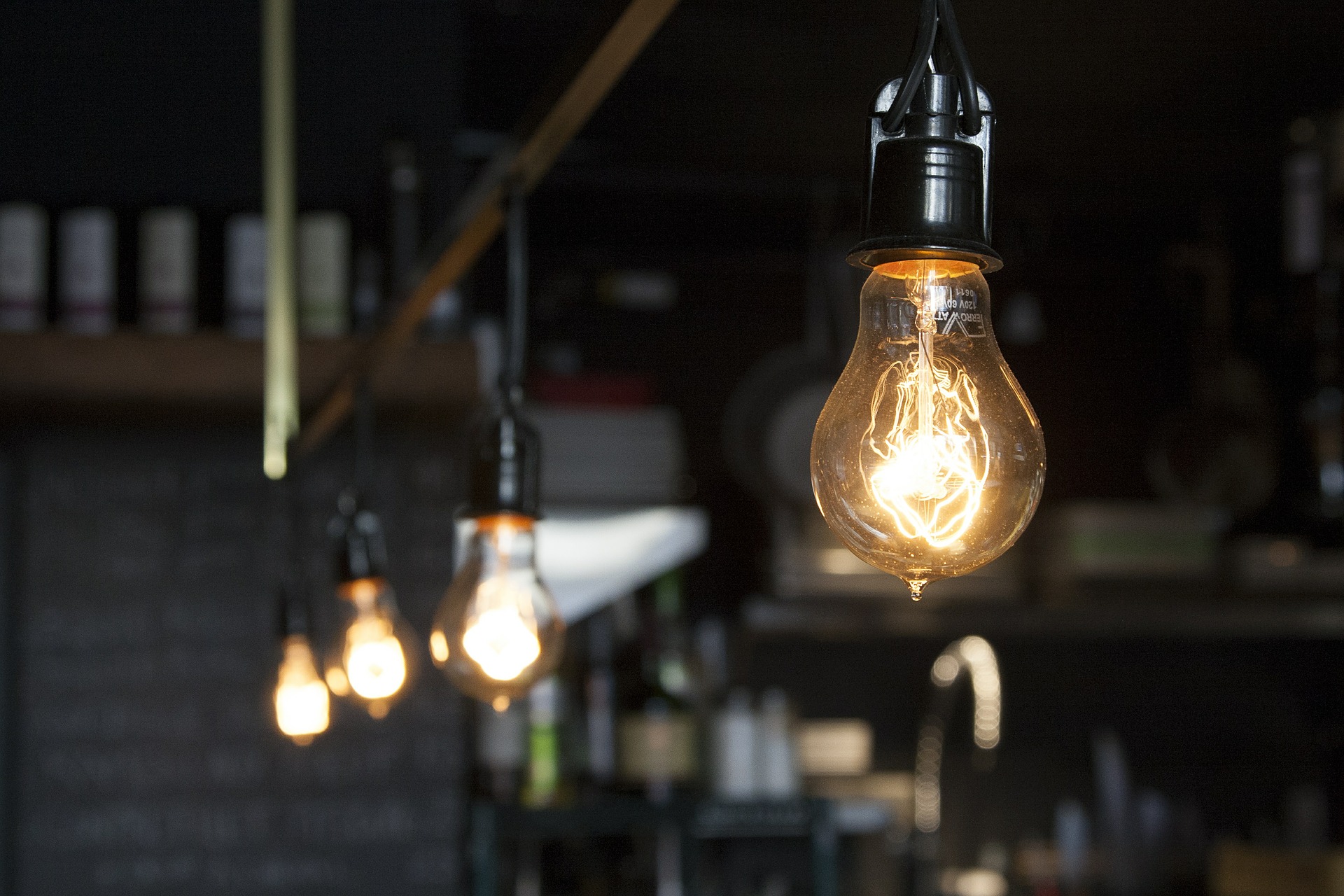As we wind down for the year, it’s time to have a look at the Out of Home media trends for 2024. Some trends will continue – we’re looking at you programmatic – but some have come out of left field. This year left our heads spinning with the emergence of AI as something more than a sci-fi topic. The Out of Home industry is well-positioned to continue to grow, prove its value to advertisers, and take advantage of some of the newest technological advancements.
1: Out of Home and AI:
The biggest trend on everyone’s mind this year is AI. While early versions of AI-related technologies have existed for years – think spelling and grammar prompts – 2023 was the year people really began to notice. ChatGPT comes up in almost every conversation these days, whether it’s about marketing or not. 2024 will be a year of tremendous growth for AI. So, how will this affect the Out of Home ecosystem?
In the marketing and advertising world, much of the focus right now is on the use of generative AI for creative, both copy and design. This raises many questions as creative teams are concerned about their livelihood and how it may affect them. AI could negatively impact digital marketing by enabling the creation of “content farms” – exponentially increasing the amount of online content – without increasing quality or effectiveness.
AI is also outstanding at data analysis. The ability to ingest vast amounts of data and then use natural language questions to have AI provide the analysis means that marketers can derive insights much more quickly. It can expand a marketer’s capabilities far beyond what one person could do working with a pile of spreadsheets.
How will this all affect OOH planning? It could speed up market, audience, and media analysis for marketers and provide more granular solutions. There’s obviously a natural place for AI to come into play with programmatic platforms. For purely digital channels, AI can accelerate the whole process from end to end. Planning and buying can be further streamlined and simplified, making dynamic creativity much easier.
There is always the danger of succumbing to “shiny object syndrome,” and we are still at the very beginning of developing AI and all the associated technologies. We cannot know what they will be in a few years. And there are also the dangers of plagiarism, or biased answers based on skewed algorithms, etc. And when it comes to the legal position on AI-generated material, right now, the general consensus seems to be 🤷 What does this mean? Who knows? We know the perils of using AI-generated content and passing it off as original.
As Bill Gates said – “We always overestimate the change that will occur in the next two years and underestimate the change that will occur in the next ten. Don’t let yourself be lulled into inaction.”

2: Digital Out of Home:
Digital Out of Home is continuing to grow and reshape the media landscape. Media companies continue to convert static locations to digital. New networks continue to pop up. Programmatic platforms continue to grow and evolve. And yet, while we’ve been talking about it for years we still don’t see many advertisers taking advantage of the more straightforward, low-hanging fruit of capabilities like day-parting and dynamic creative. If those basic capabilities are still not capitalized on, how far do we have to go before advertisers start looking at more advanced techniques?
It’s also creating a trend where some media providers will also present other vendors’ media under the auspices that it can all be bought programmatically. While this is technically true, it is not always in the advertiser’s best interest. Media providers are vested in promoting their media – which they should; that’s their business model. However, as client advocates, we recognize that may not always be in their best interest.
Much of the news about Digital Out of Home will focus on revenue growth, and while that is important for the media owners, it’s not as relevant for advertisers. While it takes the lion’s share of press releases, Digital Out of Home still only compromises about 25% of the inventory available. And, when we remove place-based digital (gas stations, grocery stores, coinstars, etc), which represents about 86% of the DOOH inventory, the total is only about 5% of all the out-of-home available.
The result is that the landscape is becoming more complex for advertisers and marketers who are not experts in Out of Home. Programmatic offers a variety of benefits when it comes to planning and buying DOOH, but it also introduces a number of new wrinkles and complexities. It is an entirely new way to buy. How will you evaluate platforms and different buying tactics? PMPs vs RTB? Will you include all the available media? If not, how do you determine the best tactical approach? And who is making these decisions? Is it an OOH expert or a digital media planner who is only looking at the numbers and not considering the more nuanced aspects of an OOH buy?
As advertisers begin to take more interest in DOOH, you can expect that they will find out it’s more than they bargained for and turn to OOH experts who can integrate both digital and static OOH and align them both to the advertisers’ omnichannel plans.
3: The Continuing Growth of Retail Media:
Speaking of the growth of digital Out of Home…It is also driving growth in retail media. Retail media has been gaining traction over the last few years and will continue to do so in the near future. Several drivers for this will also affect Out of Home.
In short, retail media is any media space owned or controlled by a specific retailer, allowing marketers to access those digital assets. Think of e-commerce sites for retailers like Amazon, Target, or Best Buy. These channels give advertisers an opportunity to reach consumers in active browsing mode and in those last key moments before making a purchase.
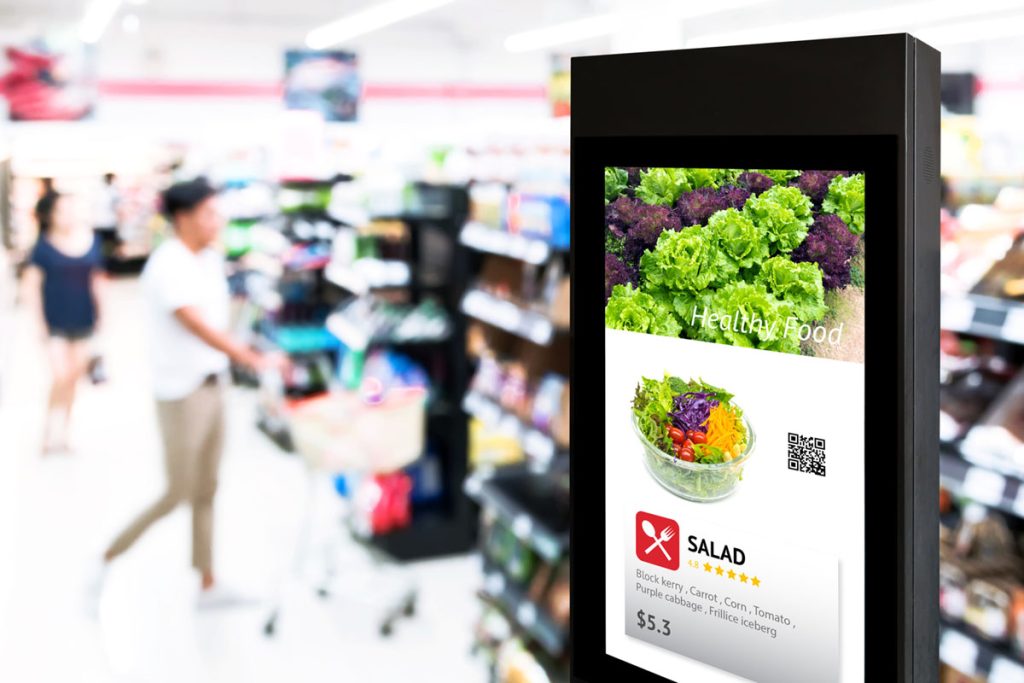
The value to advertisers is obvious. Aside from being at the point of purchase, it also allows marketers to access first-party data from those retailers to reach highly targeted audiences. With the extended twilight of cookies presumably coming to its conclusion sometime soon, access to this kind of customer data is incredibly valuable. Research from McKinsey has shown that 87% of CPGs planned to increase their ad spend in retail media networks in 2023.”
This media channel also creates a new revenue stream for retailers to generate profits and drive margins. With the value it provides to retailers and advertisers, look for retail media to continue growing. In fact, reports from GroupM suggest they expect that “advertising revenue from retail media channels will grow 9.9% to reach $125.7 billion in 2023 and will surpass television revenue in 2028 when it will represent 15.4% of total ad revenue.”
While retail media has been predominantly online assets, many retailers are beginning to invest in physical media as well to enhance their brick-and-mortar locations. This brings a number of advantages for advertisers, including proximity to purchase, high visibility, targeted audiences – both core audiences and adjacent ones, and contextual relevance. The media will generally fall into two categories: displays at the store and displays in the store. Both bring their own unique possibilities. Media outside the store will have the advantage of less clutter and competition and will be able to influence consumers before they are in the store. This media can help drive consideration or introduce new brands. Media inside the store will be able to take advantage of competitive positioning and influence consumers at the last moment before making a decision, it can be used for shorter-term promotional ads, sales and special offers and will be one of the most important Out of Home media trends for 2024.
4: Out of Home and Sustainability:
The concept of sustainability and initiatives to move toward net zero are continuing to gain traction across the business world. 96% of the world’s top 250 companies now report on sustainability and have goals in place. These can include sustainability efforts around their offices and personnel resources or off-the-grid power production. They can include manufacturing, transportation, and logistics. They can incorporate sustainability in their products or services. There’s no reason they can’t include marketing and advertising as well.
The fact is that supporting sustainability efforts affects a company’s bottom line. Studies have shown that 66% of consumers say they would spend more for a product if it comes from a brand that supports sustainability, and 81% of them feel strongly that companies have a responsibility to help improve the environment. These numbers are likely to continue to grow as millennials and Gen Z begin to wield more economic power. Tom Doll, President and CEO, of Subaru of America, said:
“We’ve been an environmentally-conscious company for years, and our customers know and expect this from us. They’re willing to pay a premium for our products because they know those funds are being invested in what we do in the community and for the environment.”
How will this trend affect the Out of Home industry? The OOH industry at large has made strides over the last several years to make Out of Home media more sustainable. These efforts include installing solar panels to power lighting and even digital displays, building solar farms to support their broader power needs, recycling used displays, shifting to electric vehicles and using AI to optimize travel and scheduling, and of course, shifting to digital displays which eliminate the need for hard copy and install crews.
Look for the OOH industry to continue down this path and also to continue promoting its greener aspects as a value proposition in and of itself. By tapping into greener media options, brands can take advantage of the positive public sentiment associated with aligning with these initiatives.
5: Big, Bigger, Biggest – the Emergence of a New Type of Spectacular Media:
One of the biggest stories this year was the launch of Sphere in Las Vegas. Unless you’ve been living off the grid, you’ve seen the pictures of giant eyeballs, emojis, moons, basketballs, and pretty much anything around, overwhelming the skyline of the Vegas strip. To say it’s larger than life is an understatement.
The Sphere is a technological, architectural, video, and audio marvel. We had a chance to tour the inside of the Sphere (no pictures please!), and the innovations required to bring it to life are nothing short of astounding. It has taken years and a reported 2.3 billion to construct.
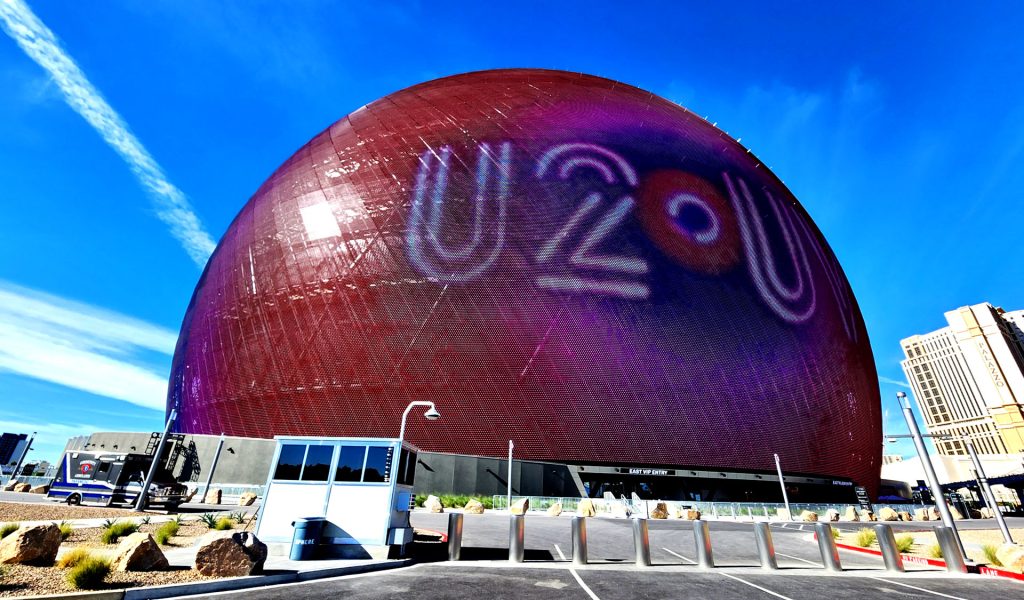
The bigger question (no pun intended) is whether the Sphere is a harbinger of things to come or a one-off novelty item. Will it set the stage, so to speak, for other, larger-than-life installations? If the Sphere can start turning a profit (it has yet to achieve a profitable quarter, but that’s not surprising this early), how many developers will start to look at it as a model for the future?
The exterior of the Sphere is approximately 580,00 square feet – that’s about 860 times the size of an average billboard at 672 square feet. It has been generally reported that a day of advertising comes with a price tag of $450,000 and estimated daily impressions in the neighborhood of 300,000. And then there’s all those social media eyeballs… Yes, it seems like a huge number, but it’s not 860 times the cost of a high-profile billboard, and it comes with a lot of earned media.
If it’s successful and can be used as a model, the Sphere could usher in a new era in Out of Home. Instead of buildings with displays on them, we may see a new generation of buildings that are the displays themselves. The Sphere is currently in negotiations with the city of London for a location there. It will be interesting to see how this plays out, as it could set a precedent for the future.
As the curtain closes on 2023, many new advances and directions in our industry will continue to drive Out of Home media trends for 2024. The future is bright and full of opportunity; our industry prides itself on staying on the forefront, pushing forward to leverage the flexibility, creativity, and interactivity that OOH offers to an audience that spends way too much time on-device. Cheers to IRL, the best is yet to come!

